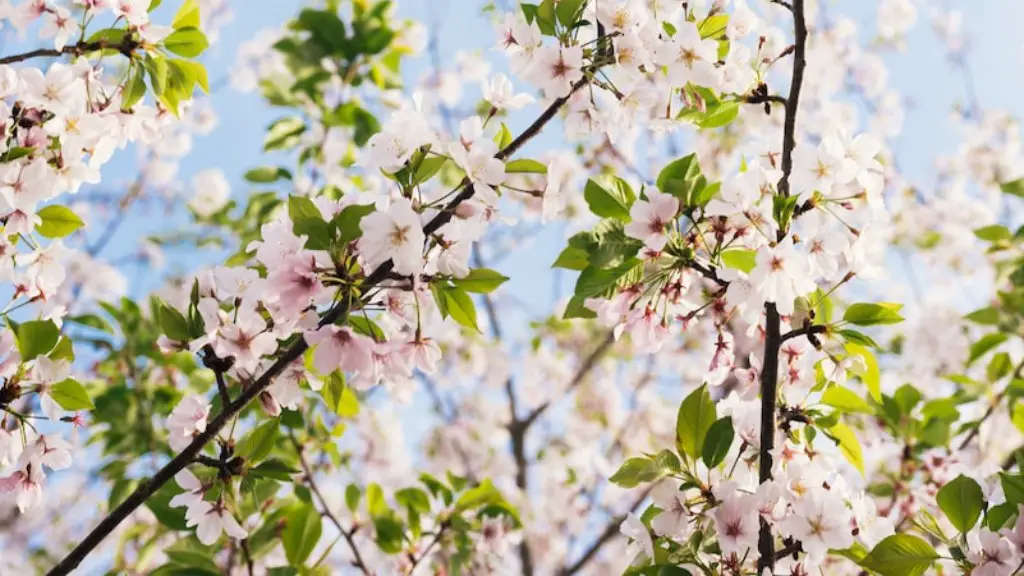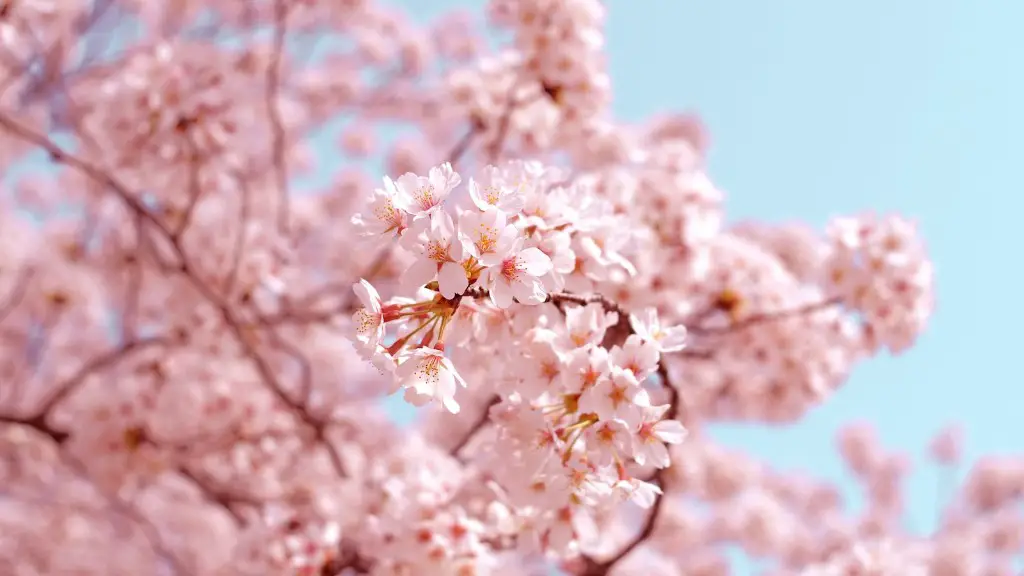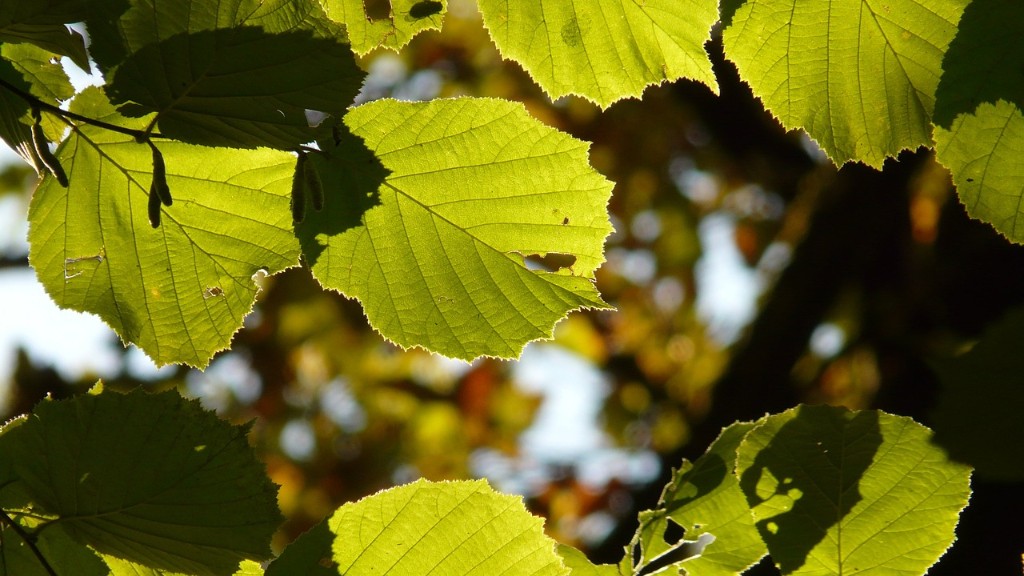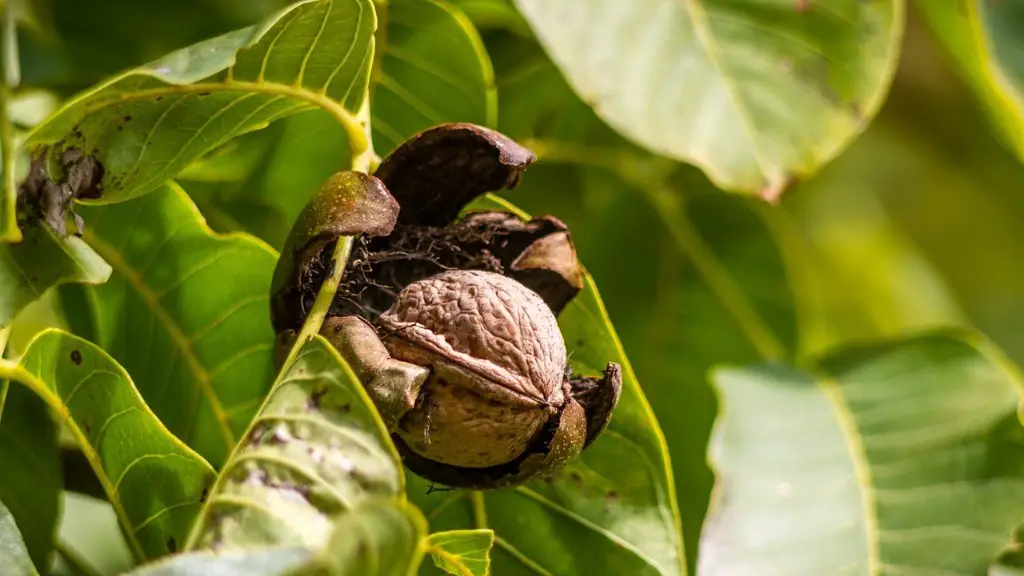Uses of Cherry Tree Wood
Cherry tree wood, prized for its strength and beautiful natural color and grain, has been used in a wide range of building projects for centuries. In furniture making, cherry tree wood is one of the most common hardwoods and is highly sought after for its unique characteristics. The wood, which can be found on trees grown all around the world, is strong and workable, lending itself to a range of design projects. Cherry tree wood is also often used as a decorative material in woodworking.
When cutting, cherry tree wood has a propensity to form shallow splinters and weak joints. As a result, a higher standard of tooling is required to achieve a quality finish. That being said, the wood is highly durable and strong when properly prepared and finished. Compared to hardwood species such as maple, oak, and walnut, cherry tree wood is relatively soft, making it easier to carve or sand.
One of the main uses of cherry tree wood is for making furniture. It is a favored choice among many cabinetmakers owing to its attractive dark red to reddish-brown color and its relatively high working properties. Many furniture makers prefer to leave it unstained, as the natural stain that the wood develops does not require any additional work. Furthermore, its moderate strength and hardness make for a more comfortable and durable chair or table.
Cherry tree wood is also suitable for architectural projects such as doors and window frames. Thanks to its natural strength, it has excellent integrity and is able to be shaped and joined together easily. Furthermore, cherry tree wood has very low decay resistance, making it ideal for both interior and exterior uses in domestic and commercial projects. If preserved correctly or given sufficient protection, it can be used outdoors without worry of damage.
For those looking to make an impressive impression, cherry tree wood is perfect for crafting wooden sculptures or items of furniture. Whether it’s a beautiful carving or a custom designed cabinet, the wood’s texture, grain and color make all projects stand out. As the wood turns to a deep reddish-brown color with age, it can be reliably used for custom woodworking finds.
Cherry tree wood is also used for making musical instruments such as handmade guitars, drums, flutes, and clarinets. The strong and durable nature of the wood make it resistant to cracking and warping, making it ideal for creating instruments that produce excellent sound. Compared to other woods, cherry tree wood is relatively light, making it easier to handle and transport. In short, many musical instrument makers rely on the cherry tree wood for creating beautiful, melodic instruments for their customers.
Finally, it should be noted that cherry tree wood is often sought after for the manufacture of luxury goods. The workability and durability of the wood mean it is a popular choice for many designers. From luxury wooden jewelry boxes to high-end accessories and fixtures, cherry tree wood has been used to great effect in a wide range of products.
Varieties Of Cherry Tree Wood
As a species, cherry tree wood typically comes from either the Prunus avium, or the Prunus serotina tree. The former is better known as the wild cherry, or sweet cherry, primarily found in Europe and parts of Asia, while the latter is known as the black cherry and is most commonly found in North America. In terms of their physical characteristics, both are referred to as cherry wood and feature similar grain patterns and distinct swirls.
When it comes to the practicalities of cherry tree wood, there are clear differences between the two species. Cherry wood taken from the Prunus avium tree is light in color, whereas black cherry wood has a much darker hue. Furthermore, the Prunus avium species is much less dense than the Prunus serotina, meaning it is less durable but easier to work with. Each species of wood has its own distinct color, grain, and strength properties that makes it suitable for certain types of projects.
When selecting a suitable species of cherry tree wood, it is important to consider the particular project the wood is intended for. For example, softer, pale varieties are best for carving because of their workability, whereas for more demanding projects, darker and denser varieties are generally preferred. Furthermore, the intended purpose of the item will have an influence on its method of construction. For instance, furniture typically requires heavy-duty woods, while musical instruments can take advantage of lighter varieties.
In addition to the aesthetic qualities of cherry tree wood, the presence of certain chemicals found within the wood can be beneficial. These chemicals, known as phenolic compounds, act as natural preservatives that give the wood special protective properties. In terms of furniture making, this makes cherry tree wood attractive to woodworkers looking for wood that stands up to environmental conditions like humidity and temperature fluctuations.
Treating Cherry Tree Wood
Cherry tree wood, like any other hardwood, should be carefully treated in order to extend its life. If proper care and maintenance is not taken, the wood will quickly succumb to humidity, temperature, and UV rays from the sun. It is advisable to protect the wood with a quality sealant in order to ensure it lasts for longer and remains beautiful for years to come.
Cherry tree wood can be stained in a variety of colors depending on the desired finish. Natural stains, such as oil and beeswax, can highlight the wood’s unique characteristics, while more intensive stains, such as mahogany, cherry, and walnut, will give the wood an altogether different appearance. It is important to consider the desired finish before applying any stains to the wood, as this will affect the final look of the finished product.
When sanding cherry tree wood, it is important to use extra caution. The wood is quite soft, making it prone to damage if the wrong grit is used. It is advisable to sand with fine-grit paper, such as 120 to 180, to reduce the risk of damaging the wood. Furthermore, due to its softness, some woodworkers opt to apply a light stain or paint to reduce the chances of scratches or marring.
Finishing Cherry Tree Wood
For those looking to finish their piece of cherry tree wood, the most popular choice is to apply a clear sealant. Depending on the desired finish, this can range from an oil-based lacquer to a water-based polyurethane. The sealant will protect the wood from moisture, temperature, and UV rays from the sun, while also providing a lasting finish that won’t peel or flake.
Cherry tree wood should also be regularly cleaned and maintained, to ensure it lasts for many years. This should involve wiping the wood down with a soft cloth and a mild detergent, such as dish washing liquid, on a regular basis. Additionally, it is important to use a furniture cleaner and polisher to keep the wood looking its best.
In order to get the most out of cherry tree wood, it is important to understand its unique characteristics and use the correct materials when treating it. With a little bit of preparation and maintenance, cherry tree wood can be used to create stunning projects that last for many years.
Cherry Tree Wood In Art Work
Cherry tree wood is ideal for all types of artwork, ranging from carvings and sculptures to custom furniture pieces. Its distinctive tones and open pore characteristics make it ideal for bringing out the individual essence of the piece. Whether it is a practical piece of furniture or an exquisite sculpture, cherry tree wood boasts a unique beauty and subtle complexity that will enhance any form of artwork.
When working with cherry tree wood, the artist needs to be aware of its natural characteristics. As previously mentioned, it is easy to work with but prone to splintering and softening. This means extra care needs to be taken when carving and sanding in order to ensure a quality end product. Furthermore, due to the contrasting colors between heartwood and sapwood, artists should have an understanding of the natural grain pattern of the material.
When it comes to staining cherry tree wood, dark colors are the preferred option as they accentuate the natural colors and texture of the material. Depending on the desired color palette, a number of stains can be used, from light oak to deep mahogany. Furthermore, for more striking pieces of artwork, some artists opt to burn the wood in order to add effects such as lines and textures. This same technique can also be used to emphasize the natural grain of the wood.
Cherry tree wood is also highly sought after for marquetry, an intricate form of art that involves cutting and assembling different pieces of wood such as veneers. Due to its good workability and stunning colors, cherry tree wood is an ideal choice for marquetry work that requires accurate cutting and precise assembly. With a little bit of practice, it is possible to create stunning works of art using a variety of colored and shaped woods.
Availability Of Cherry Tree Wood
Cherry tree wood is widely available from a large number of suppliers. It can be purchased in a range of different shapes and sizes, from thin veneers to solid boards. As with any hardwood, it is important to purchase quality cherry tree wood from reputable suppliers in order to ensure that the timber has been harvested and processed correctly. Furthermore, it is advisable to check the origin and grade of the wood, as this will have an influence on the price.
It is also important to consider the size of the piece of cherry tree wood, as this will affect the type of projects it is suitable for. Small pieces are ideal for marquetry and carving, while larger pieces are better suited for furniture making and cabinetry. Finally, some woodworkers opt to buy pre-cut cherry tree wood in order to save time and effort. This is especially useful for those looking to produce a high-volume of projects in a short period of time.
In conclusion, cherry tree wood is a highly desirable material for a wide range of building and design projects. Thanks to its strength and attractive color, it is an ideal choice for both furniture and artwork. Furthermore, when treated and finished correctly, it can last for many years, making it a great investment for any craftsman or builder.





